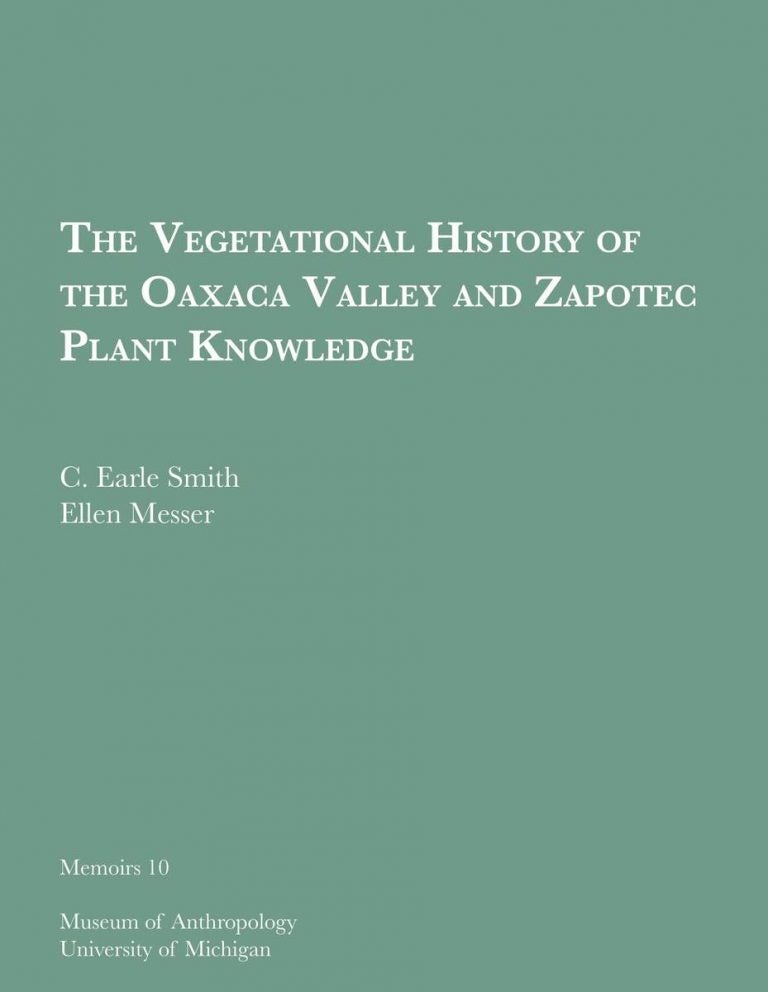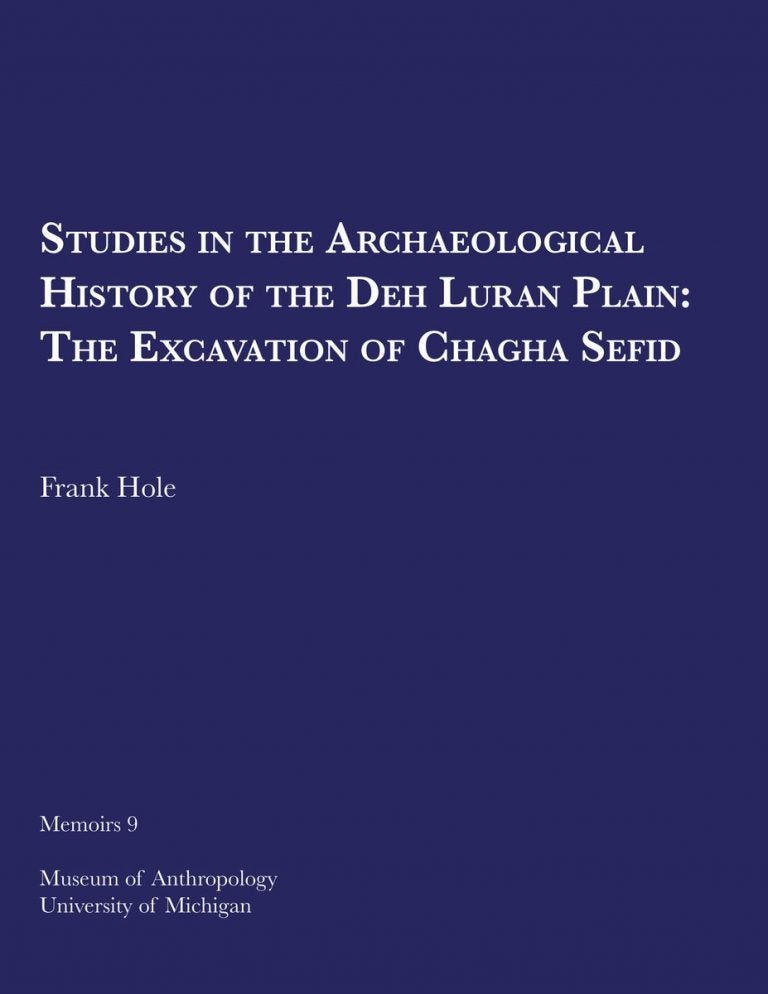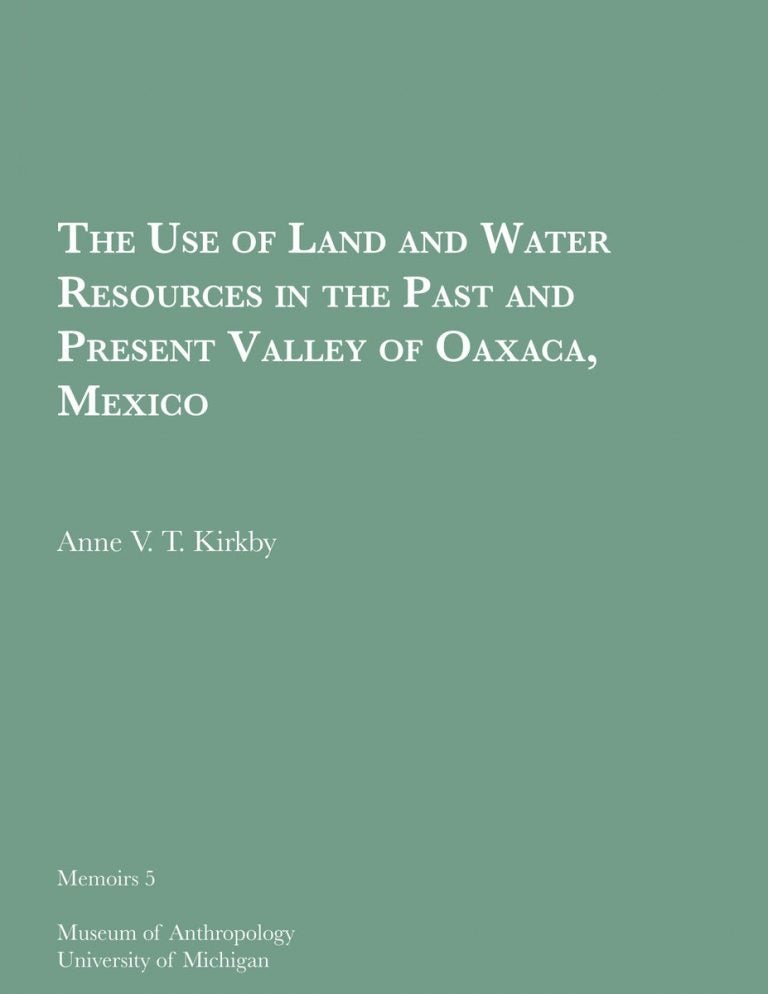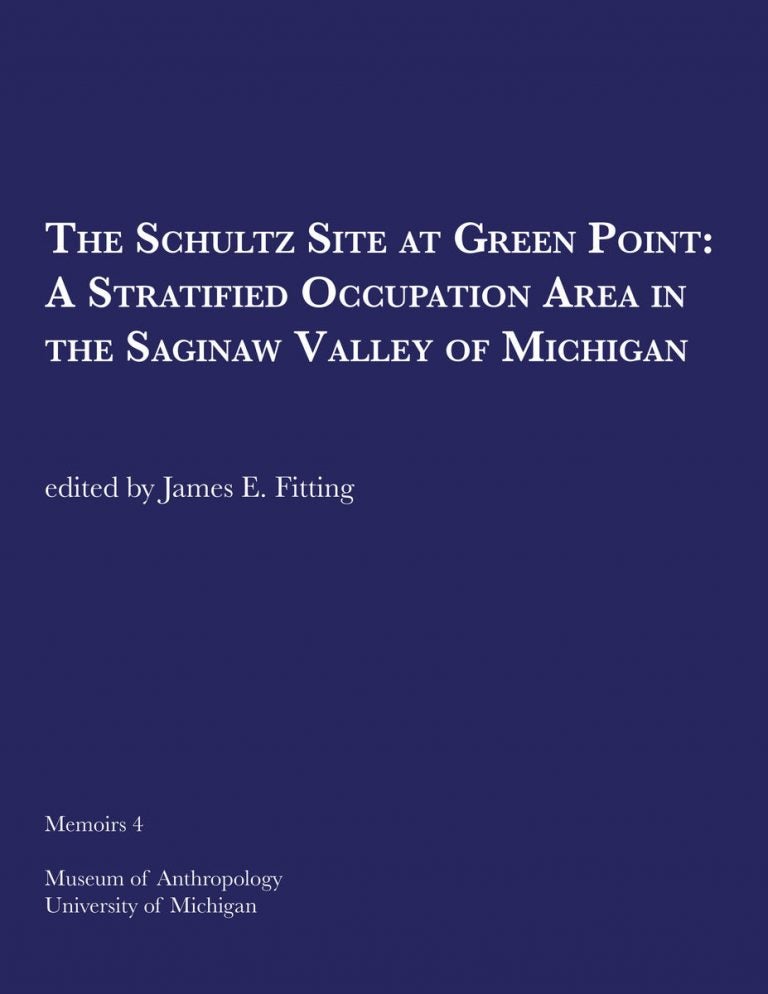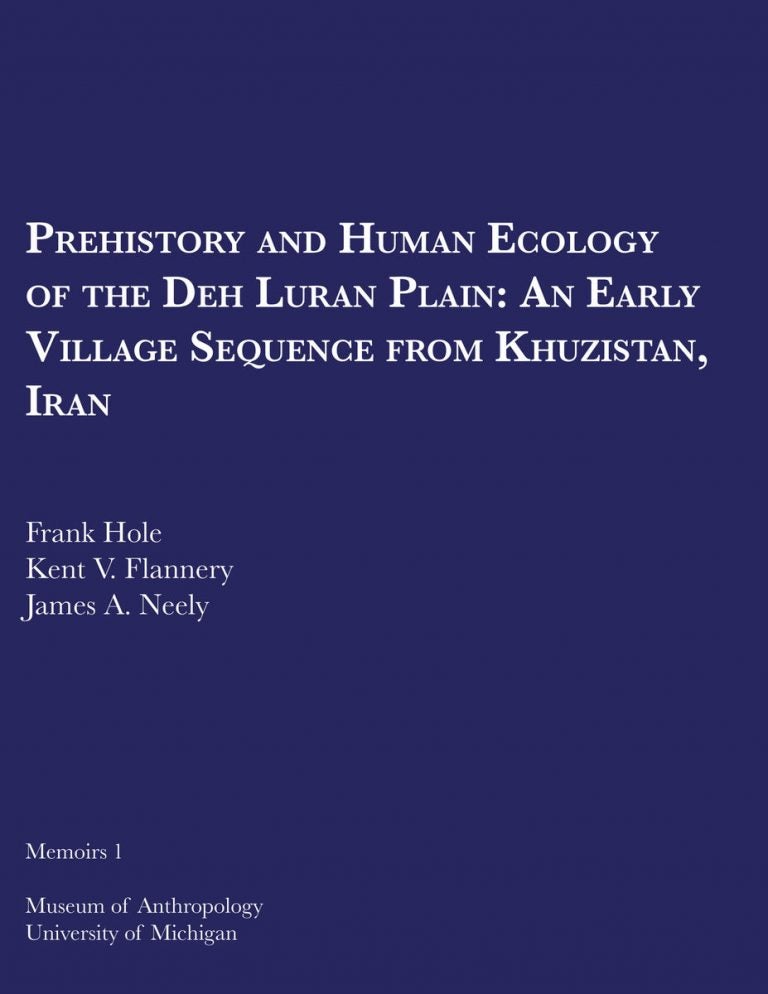Richard E. Blanton, Stephen Kowalewski, Gary Feinman, and Jill Appel
M 15
In this work, the authors interpret archaeological data on roughly 3000 years of human history in the Valley of Oaxaca, from roughly 1500 BC to AD 1500. They integrate information on settlement patterns, political and social organization, artifact distribution, and more.






